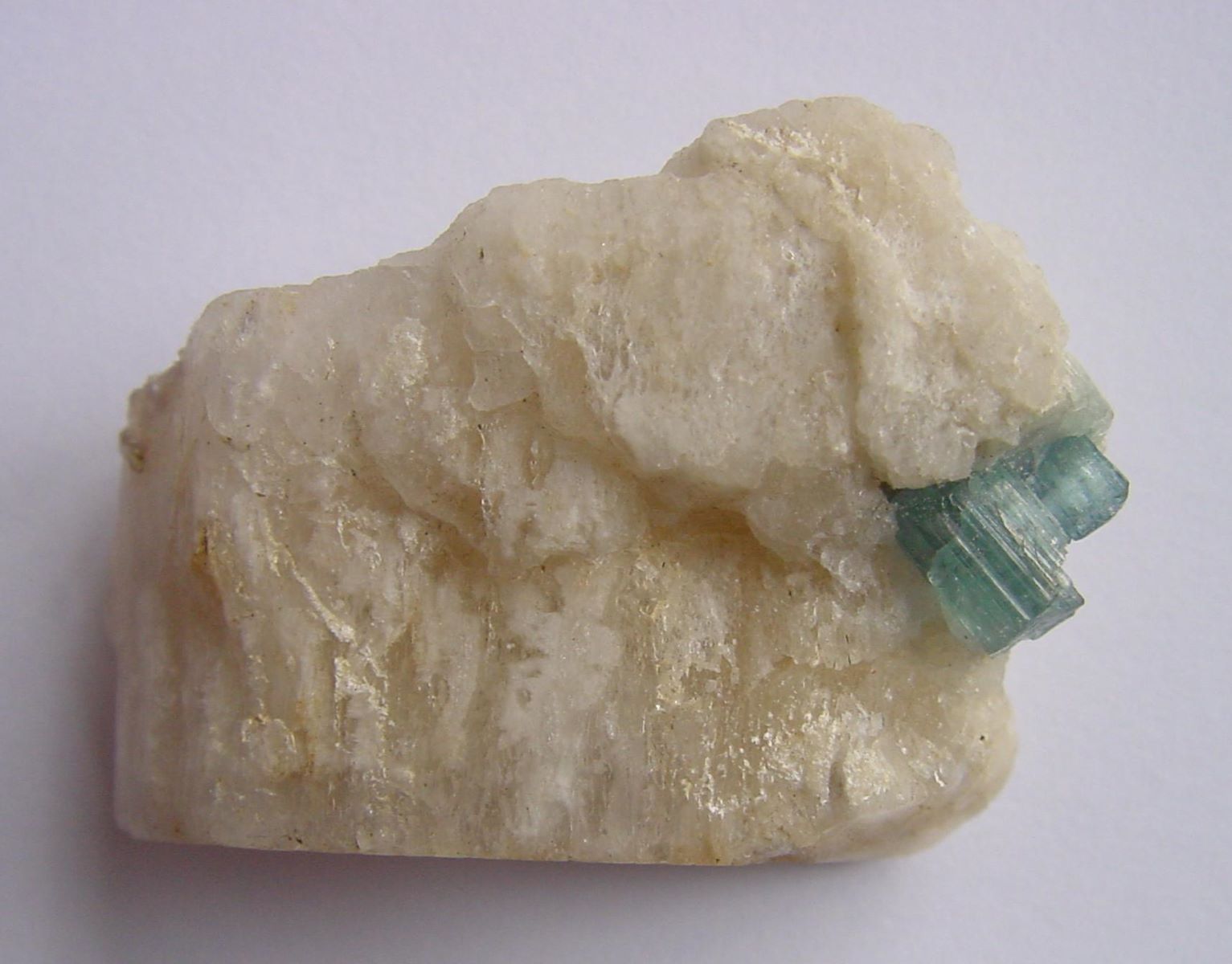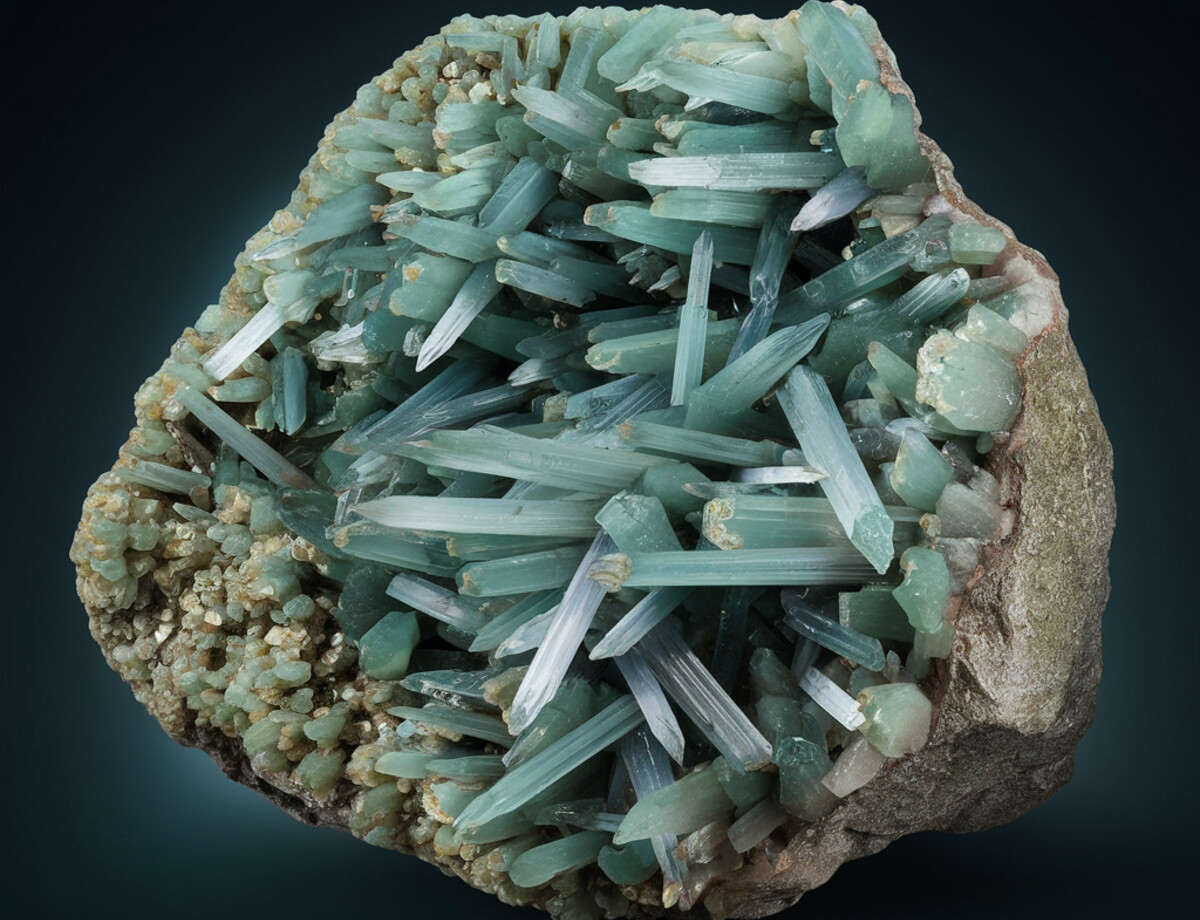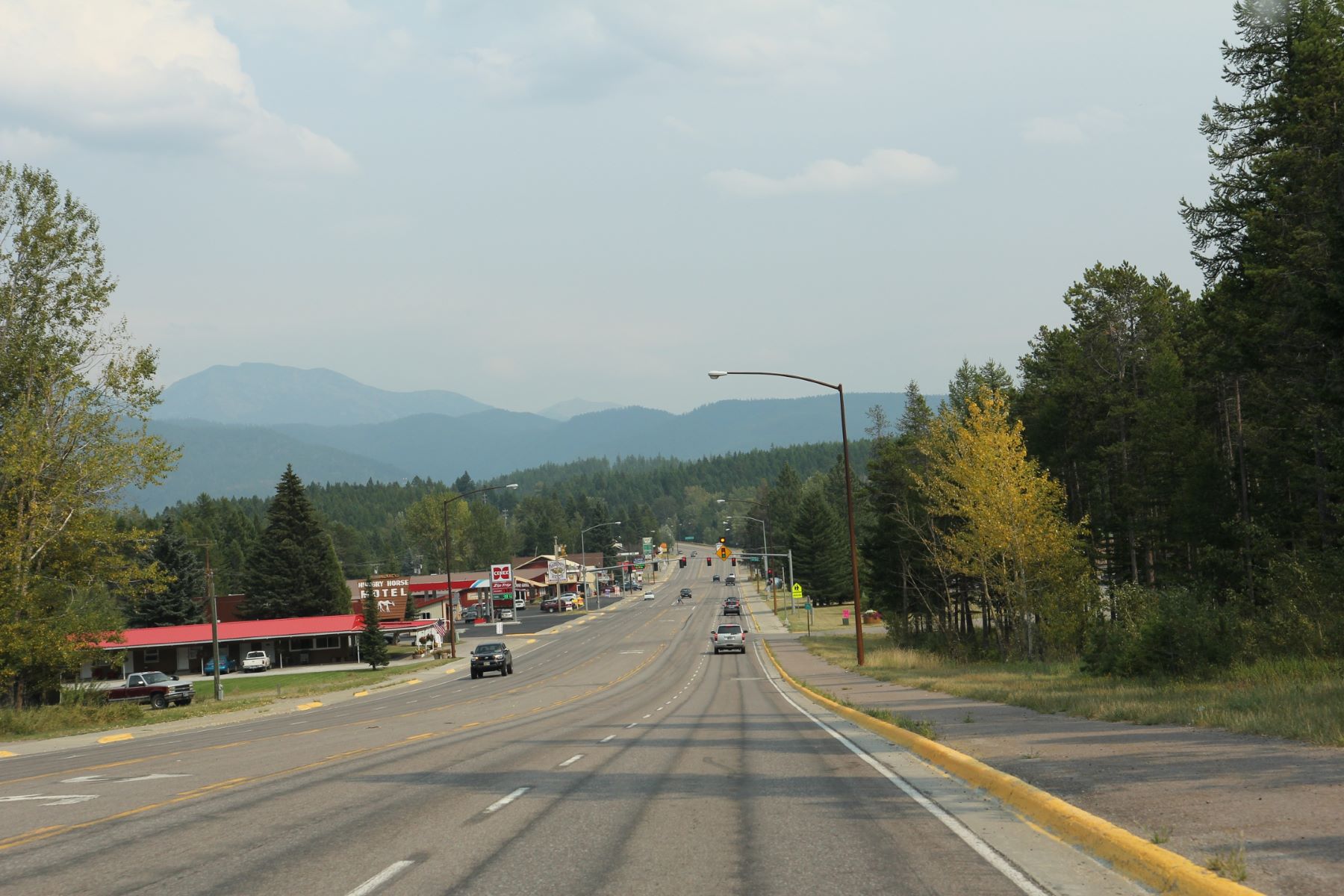
Beryllonite is a rare and intriguing mineral that often leaves people curious. Found in only a few locations worldwide, this mineral is prized by collectors and geologists alike. But what makes beryllonite so special? Its unique crystal structure and uncommon occurrence contribute to its allure. This mineral is composed of sodium beryllium phosphate, giving it a distinct chemical makeup. Often colorless or white, beryllonite can sometimes exhibit shades of yellow or pink. Its high birefringence and perfect cleavage make it a fascinating subject for study. Whether you're a seasoned geologist or just starting to explore the world of minerals, beryllonite offers a wealth of interesting facts. Ready to learn more? Let's dive into 40 captivating facts about this remarkable mineral!
Key Takeaways:
- Beryllonite is a rare and fascinating mineral with unique properties, making it a prized gemstone and a subject of interest for collectors, scientists, and enthusiasts alike.
- Mining beryllonite comes with challenges due to its remote locations, fragile nature, and limited availability, but its use in jewelry and scientific research continues to make it a valuable and intriguing mineral.
What is Beryllonite?
Beryllonite is a rare mineral that fascinates both geologists and gem enthusiasts. Its unique properties and limited availability make it a subject of interest. Let's dive into some intriguing facts about this mineral.
-
Beryllonite is a phosphate mineral composed of sodium beryllium phosphate (NaBePO4).
-
It was first discovered in Maine, USA in 1888.
-
The mineral is named after its beryllium content.
-
Beryllonite typically forms in granite pegmatites, which are coarse-grained igneous rocks.
-
It is often found in association with other rare minerals like herderite and triphylite.
Physical Properties of Beryllonite
Understanding the physical properties of beryllonite can help identify it in the field. Here are some key characteristics.
-
Beryllonite has a hardness of 5.5-6 on the Mohs scale.
-
It exhibits a vitreous to greasy luster, making it visually appealing.
-
The mineral is usually colorless or white, but can also appear in shades of yellow or pink.
-
Beryllonite has a specific gravity of 2.85-2.93, which is relatively low.
-
It is transparent to translucent, allowing light to pass through.
Chemical Composition and Structure
The chemical makeup of beryllonite is quite fascinating. Let's explore its composition and structure.
-
Beryllonite's chemical formula is NaBePO4.
-
It belongs to the monoclinic crystal system, which means its crystals are shaped like skewed rectangles.
-
The mineral has a perfect cleavage in one direction, making it easy to split.
-
Beryllonite is soluble in acids, which can help in its identification.
-
It contains both sodium and beryllium, two elements not commonly found together in minerals.
Locations Where Beryllonite is Found
Beryllonite is not commonly found, making its discovery even more exciting. Here are some notable locations.
-
The USA is the primary source, especially in Maine.
-
It has also been found in Brazil, particularly in the state of Minas Gerais.
-
Myanmar (Burma) is another location where beryllonite has been discovered.
-
Sweden has reported occurrences of this rare mineral.
-
Russia is also known to have deposits of beryllonite.
Uses and Applications of Beryllonite
Though rare, beryllonite has some interesting uses and applications. Let's take a look.
-
Beryllonite is sometimes used as a gemstone, although it is not widely known.
-
Its transparency and luster make it suitable for jewelry.
-
The mineral is also of interest to collectors due to its rarity.
-
Beryllonite can be used in scientific research to study phosphate minerals.
-
It is sometimes used in educational settings to teach about rare minerals.
Interesting Facts About Beryllonite
Here are some additional fascinating tidbits about this unique mineral.
-
Beryllonite is often confused with albite, another sodium-rich mineral.
-
It can exhibit fluorescence under UV light, glowing a pale yellow.
-
The largest beryllonite crystals can reach up to 10 cm in length.
-
Beryllonite is considered a collector's item due to its rarity.
-
The mineral is often found in tabular or prismatic crystals, which are flat and elongated.
Challenges in Mining Beryllonite
Mining beryllonite comes with its own set of challenges. Here are some of the difficulties faced.
-
The mineral is often found in remote locations, making it hard to access.
-
Its fragile nature makes it difficult to extract without damage.
-
Beryllonite is usually found in small quantities, adding to its rarity.
-
The presence of other minerals can make identification tricky.
-
Environmental regulations can also impact the mining process.
Beryllonite in Popular Culture
Though not as famous as diamonds or rubies, beryllonite has made its mark in popular culture.
-
It has been featured in mineral exhibitions around the world.
-
Some gem enthusiasts specifically seek out beryllonite for their collections.
-
The mineral has appeared in scientific publications due to its unique properties.
-
Beryllonite is sometimes mentioned in gemology courses as an example of a rare phosphate mineral.
-
It has even inspired artistic creations, such as jewelry and sculptures.
Beryllonite's Fascinating World
Beryllonite, a rare and intriguing mineral, offers a glimpse into Earth's geological wonders. Its unique properties, such as its brittleness and fluorescence, make it a prized specimen for collectors and scientists alike. Found primarily in the USA and Brazil, this mineral's crystal structure and chemical composition provide valuable insights into geological processes.
Understanding beryllonite's formation and uses can deepen our appreciation for Earth's natural treasures. Whether you're a seasoned geologist or just curious about minerals, beryllonite's story is a testament to the planet's incredible diversity. So next time you come across this gem, remember the fascinating facts that make it truly special. Keep exploring, and who knows what other hidden gems you'll uncover in the world of minerals!
Frequently Asked Questions
Was this page helpful?
Our commitment to delivering trustworthy and engaging content is at the heart of what we do. Each fact on our site is contributed by real users like you, bringing a wealth of diverse insights and information. To ensure the highest standards of accuracy and reliability, our dedicated editors meticulously review each submission. This process guarantees that the facts we share are not only fascinating but also credible. Trust in our commitment to quality and authenticity as you explore and learn with us.


